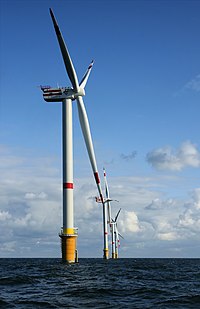
Photo from wikipedia
Abstract Carbon nanotubes reinforced aluminum matrix nanocomposites were fabricated by friction stir processing. Raman spectroscopy, scanning electron microscope, transmission electron microscopy and tensile tests were used to characterize microstructures and… Click to show full abstract
Abstract Carbon nanotubes reinforced aluminum matrix nanocomposites were fabricated by friction stir processing. Raman spectroscopy, scanning electron microscope, transmission electron microscopy and tensile tests were used to characterize microstructures and mechanical properties of the nanocomposites. Effects of energy input during friction stir processing on microstructures and mechanical properties of the nanocomposites were investigated. It was found that the grain of aluminum matrix in the nanocomposites was coarsened slightly with the increase of energy input. Microstructure analysis showed that carbon nanotubes were successfully incorporated into aluminum matrix by friction stir processing and well bonded interfaces between the carbon nanotubes and aluminum matrix were formed. However, the carbon nanotubes dispersion and mechanical properties of the nanocomposites fabricated with different energy inputs were quite different, in which better carbon nanotubes dispersion and higher tensile strength could be obtained by applying higher energy input during the fabrication process. By applying the highest energy input, the tensile strength of the nanocomposite was 53.8% higher than that of the unreinforced aluminum. Meanwhile, the elongation of the nanocomposite was 31.2%, which showed an excellent ductility. The strengthening mechanisms were the synergy of Orowan looping, load transfer and grain refining. The present findings may provide the guidance on the optimization of the processing parameters during friction stir processing for fabricating the high performance aluminum/CNTs nanocomposites.
Journal Title: Journal of Alloys and Compounds
Year Published: 2019
Link to full text (if available)
Share on Social Media: Sign Up to like & get
recommendations!